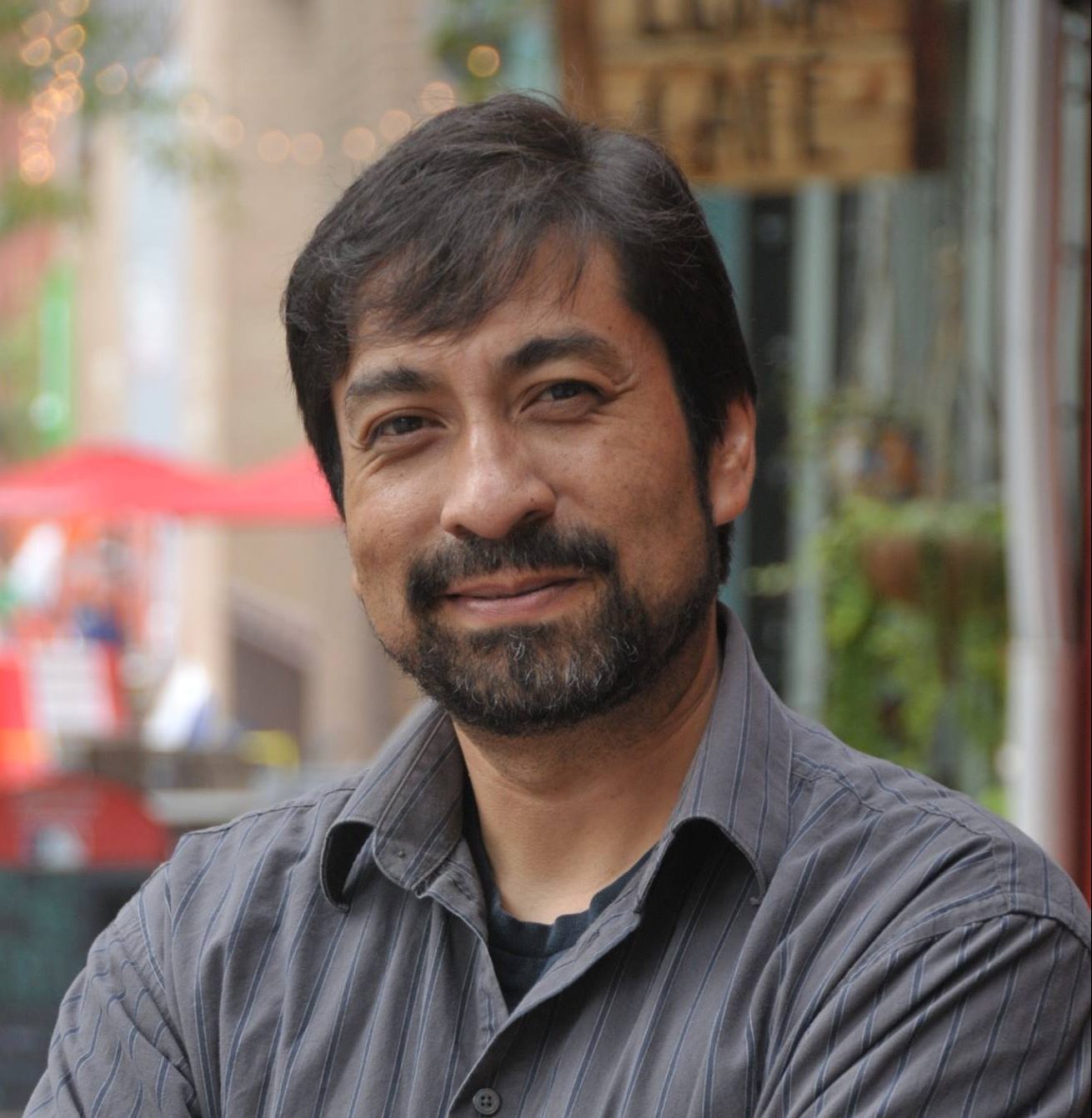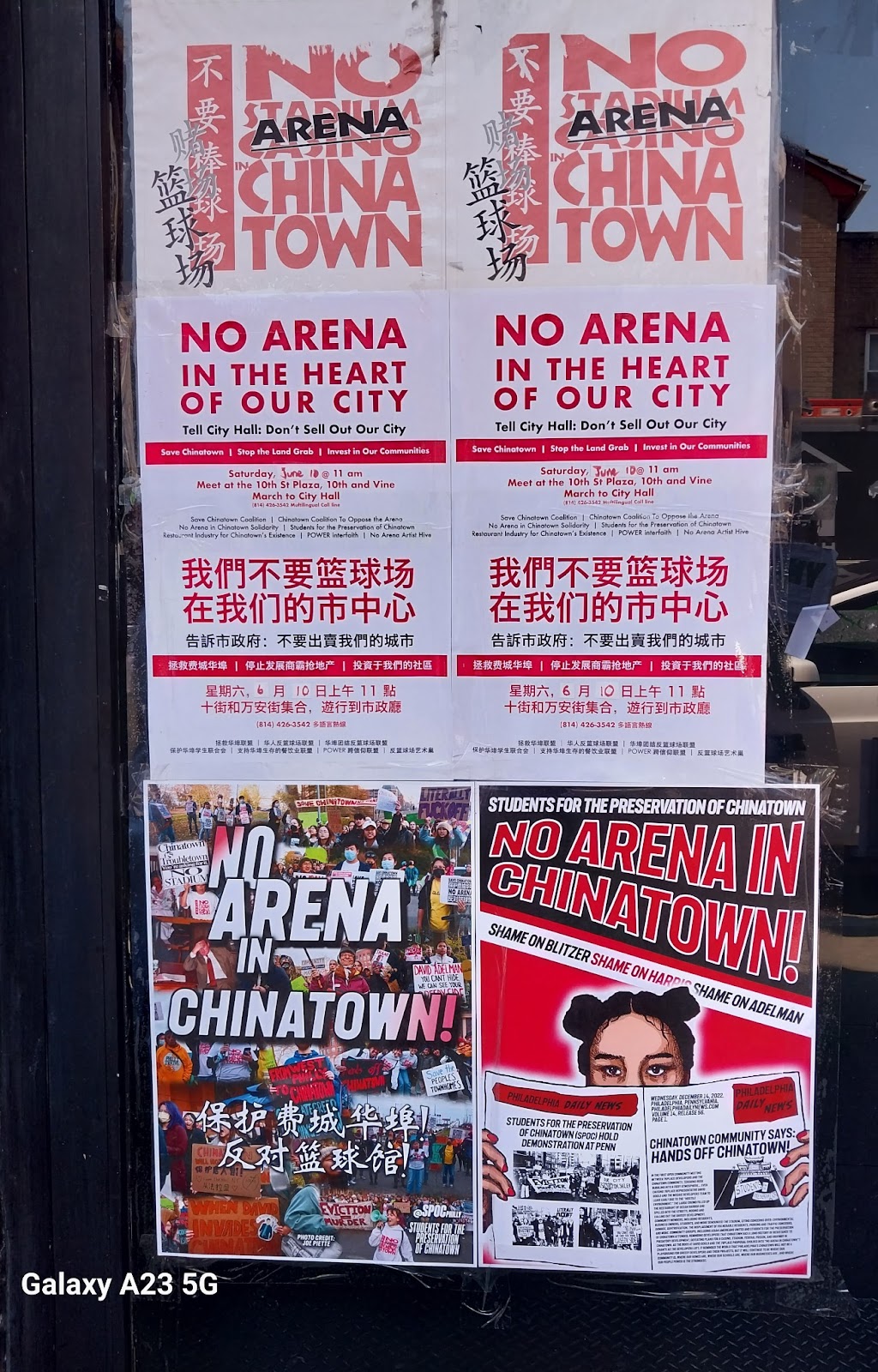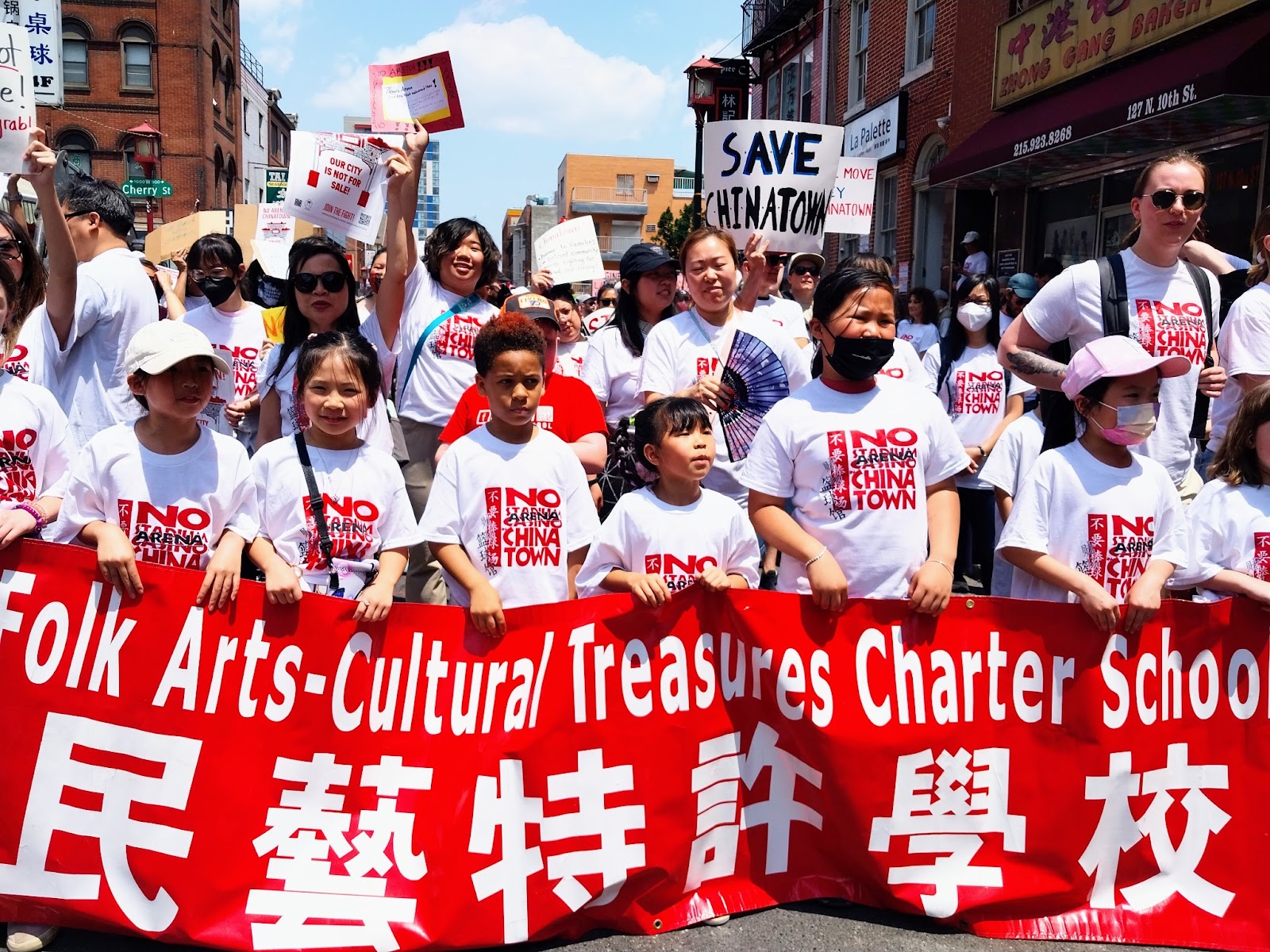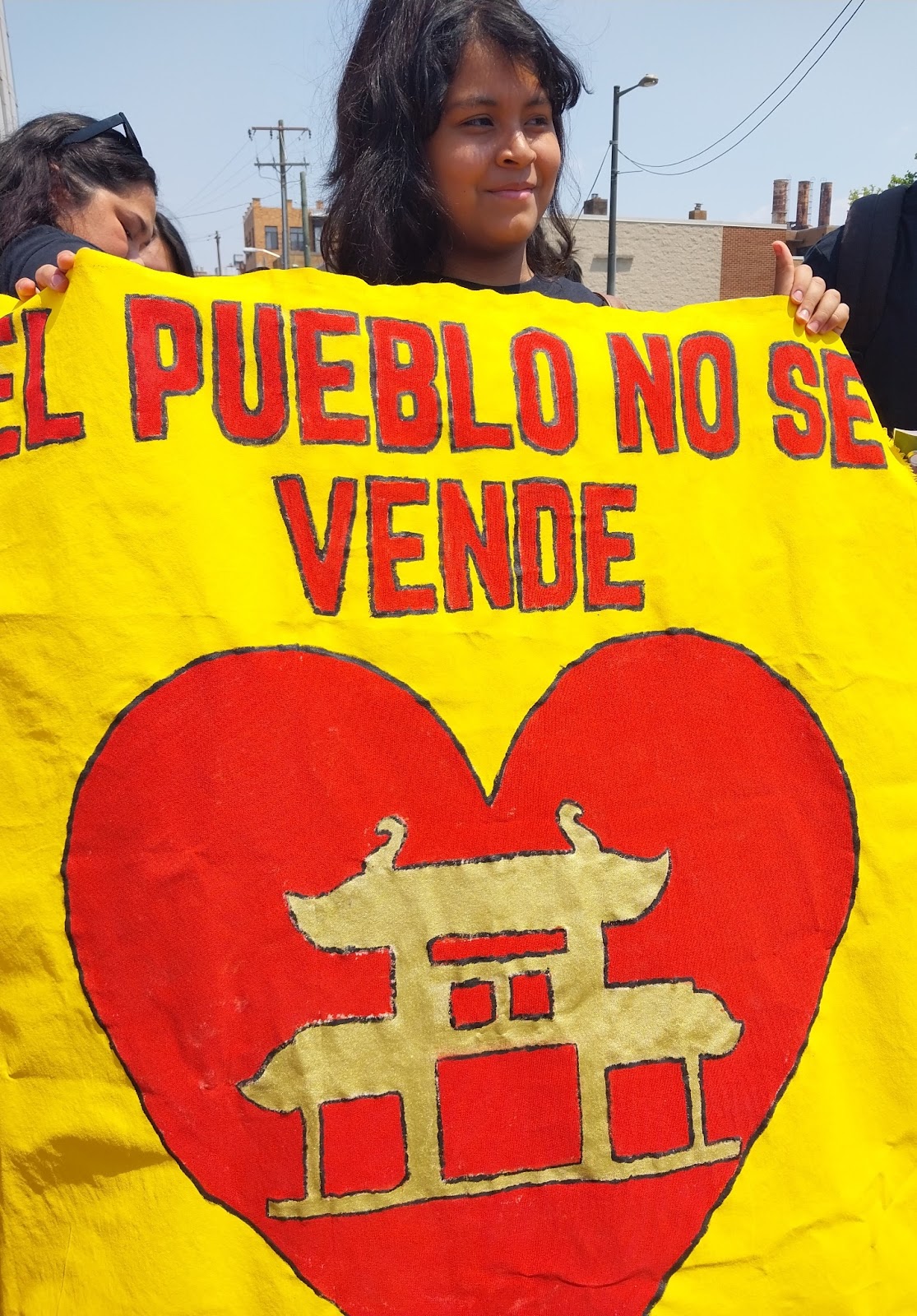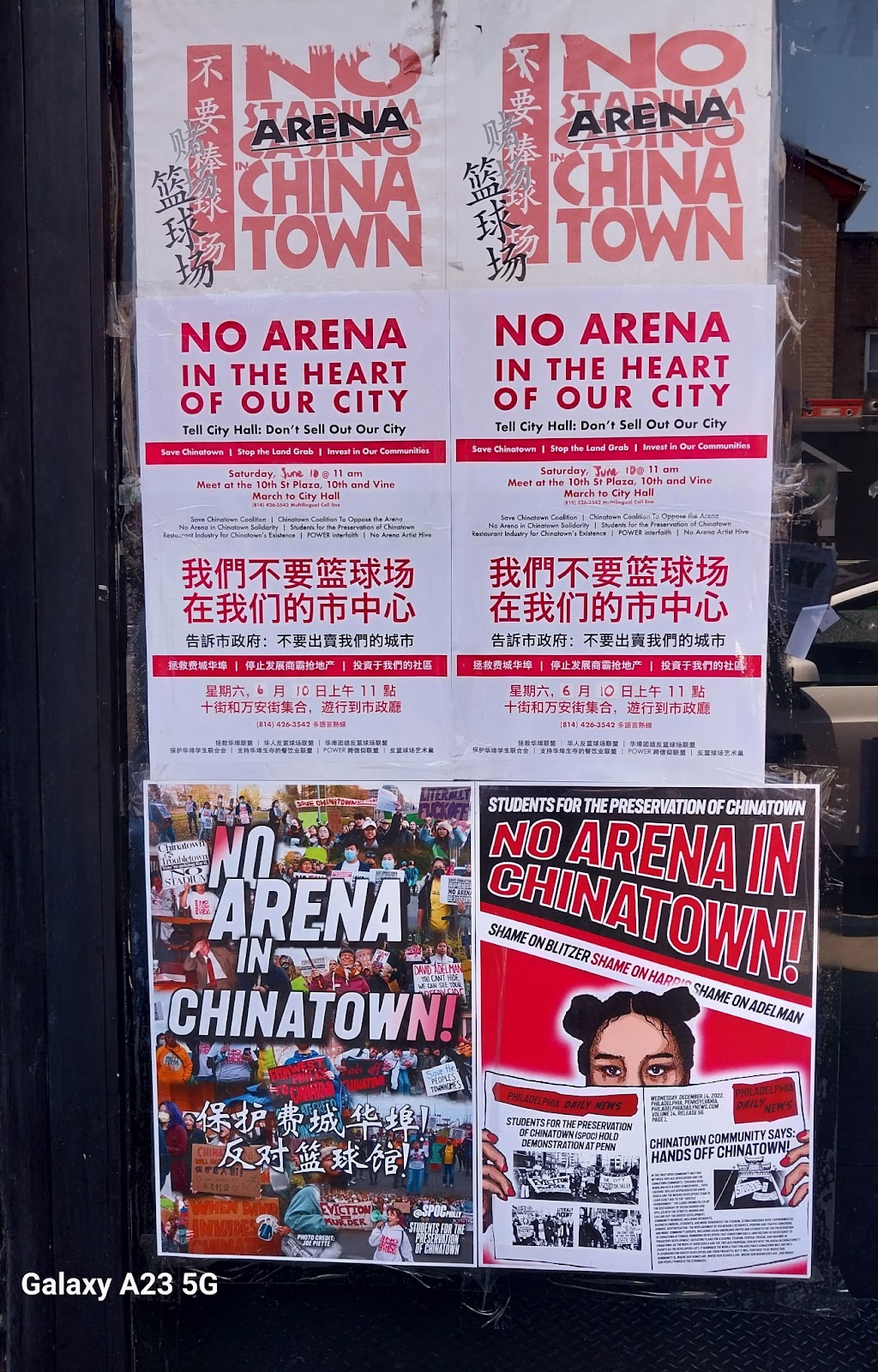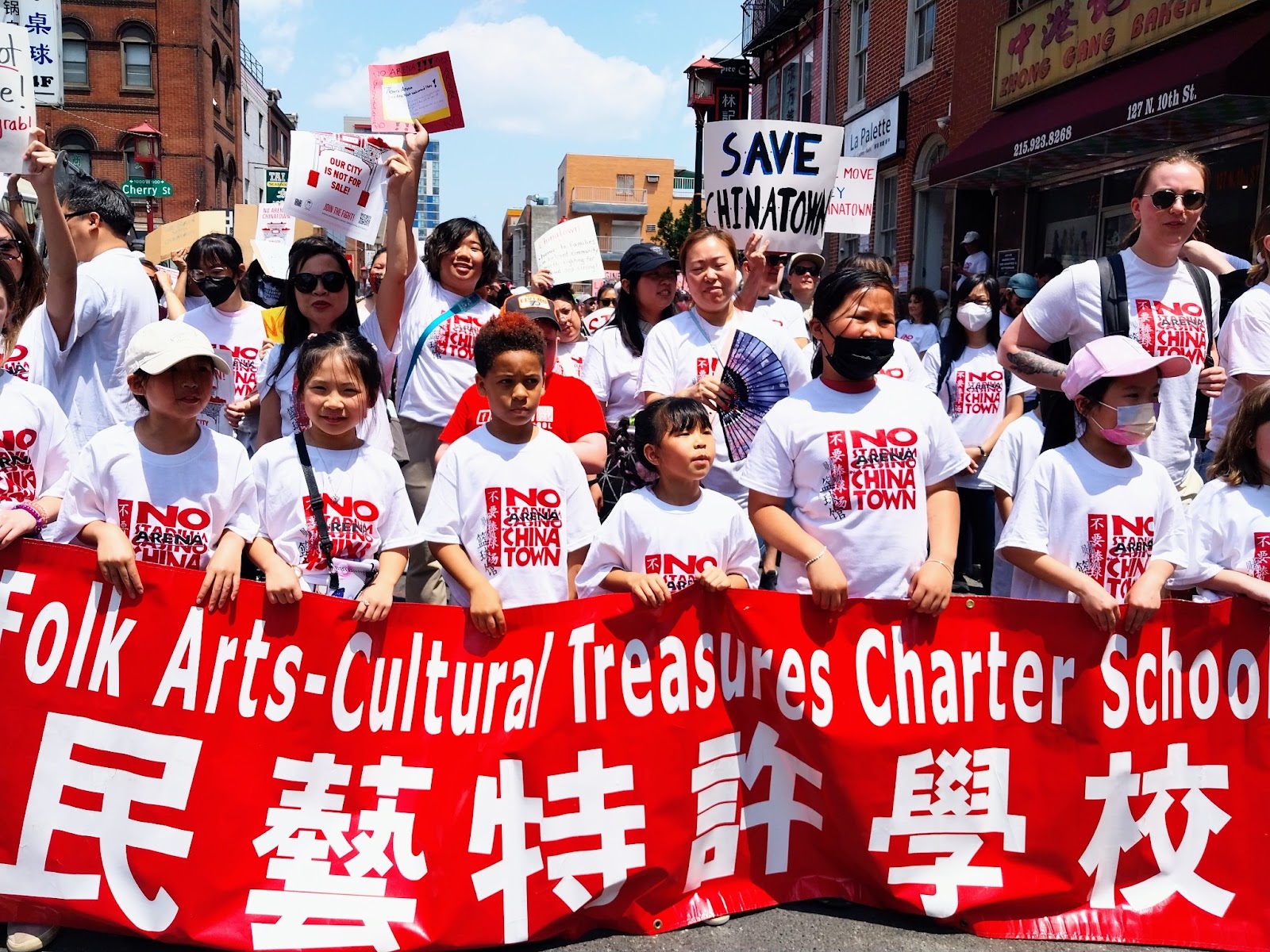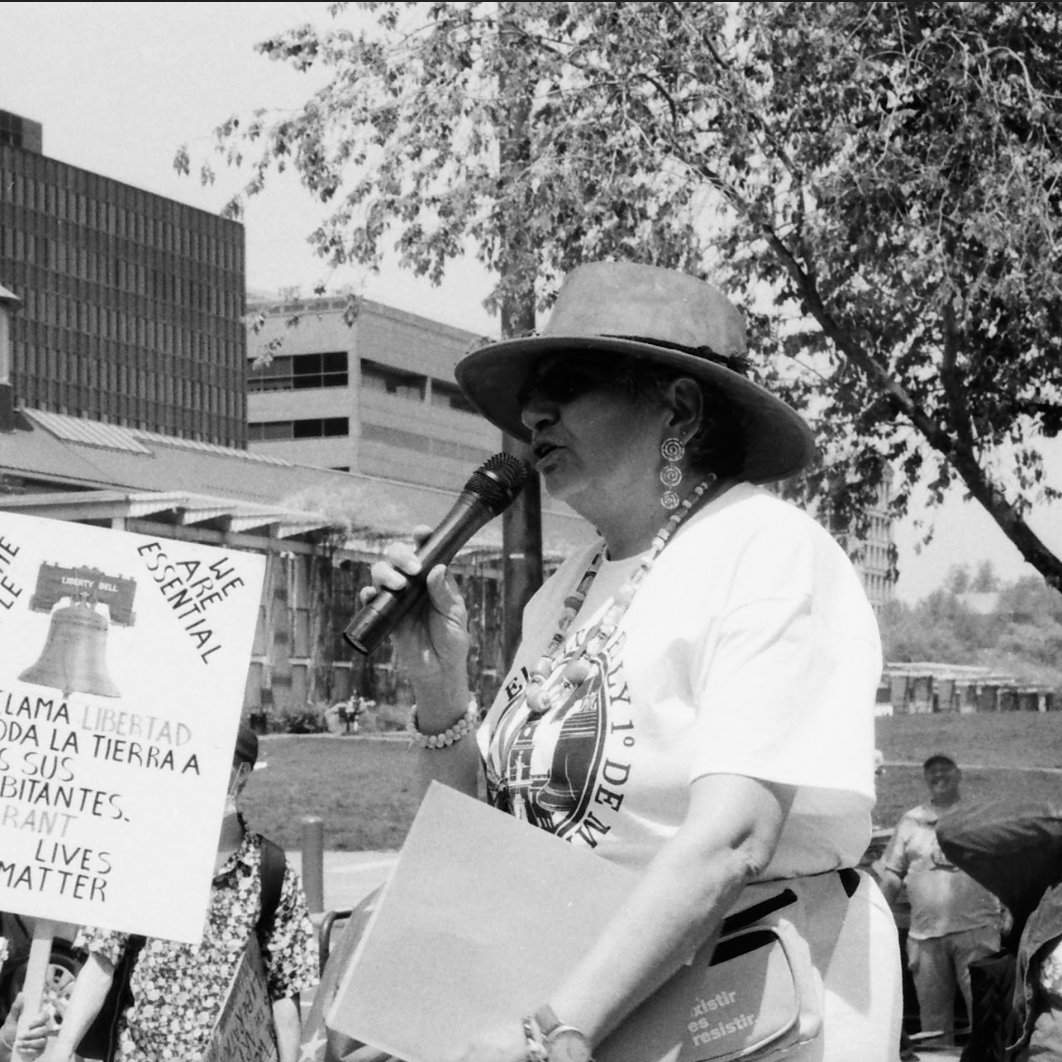por CCATE Podcast and Radio Workshop

Escena del libro “Diarios de motocicleta” de Ernesto Guevara
Con el apoyo de HealthSpark y IPMF CCATE lleva acabo el taller de podcast de REVARTE que avanza mes a mes en la exploración de los diversos géneros de producción. En esta ocasión llevaron acabo una adaptación literaria de una sección del libro “Diarios de motocicleta” del joven Ernesto Guevara.
El grupo también vio la escena del libro en la película del mismo nombre, hizo una dialogo crítico de cómo esta se llevo a cabo, y desarrollo su propia versión.
La escena corresponde cuando el joven doctor asiste a ver a una mujer enferma de asma con ya poca fuerza en sus pulmones, el grupo realizo su primera dramatización.
CCATE y REVARTE así explora la producción de podcast y radial.
English Version:
CCATE Radio and Podcast Workshop
Supported by HealthSpark and IPMF, CCATE conducts the REVARTE podcast workshop, which progresses monthly in exploring various production genres. On this occasion, they carried out a literary adaptation of a section from the book “The Motorcycle Diaries” by the young Ernesto Guevara.
The group also watched the scene from the book in the film of the same name, engaged in a critical dialogue about how this was executed, and developed their own version.
The scene depicts when the young doctor visits a woman suffering from asthma with diminishing strength in her lungs, marking the group’s first dramatization.
CCATE and REVARTE thus explore radio and podcast production.
Instructors Bio:
Andy
Hello, My name is Andrés but my stage name is Andy BAMF. I am a 19-year-old urban artist of the HIP HOP genre. Originally from Acapulco Guerrero and raised in Norristown PA. Andy is also an urban music teacher at CCATE.
David Villalvazo
He is an associate professor at the University of Guadalajara. He has worked as a film editor, director, and cinematographer for many nonfiction films. He was a Fulbright grantee and Mexican Academy award nominee. As a Ph.D. Candidate in Documentary Arts and Audio/Visual Research at Temple University, he dedicates himself to explaining how the special action of the arts uniquely produces and disseminates knowledge and to critically show how Cinematic Montage and Sound Design work in exploring, grasping, and informing the world.
Obed Arango
He is a citizen of Latin America of Mexican origin, visual artist and anthropologist. Director of CCATE and professor at the University of Pennsylvania.



